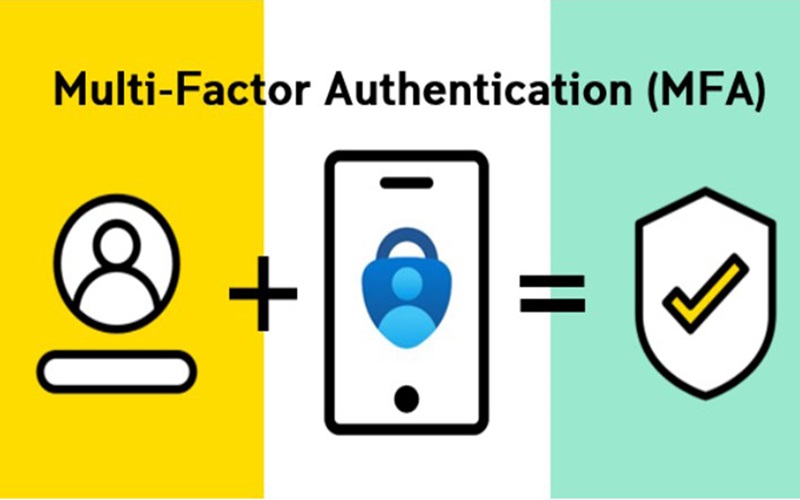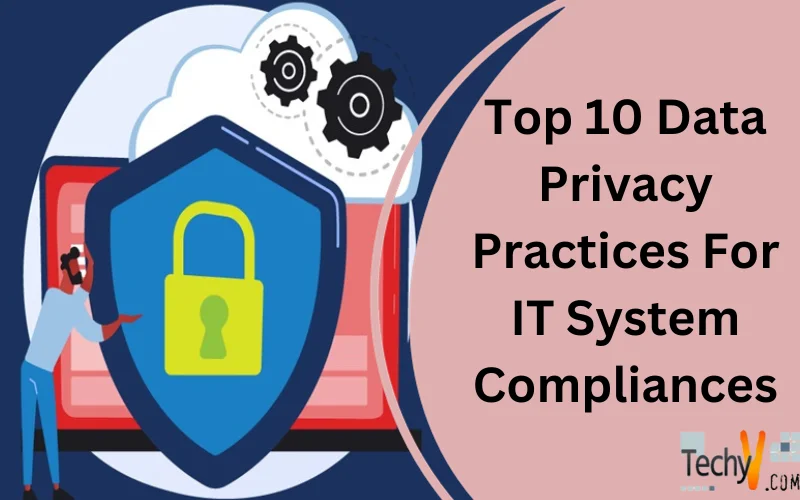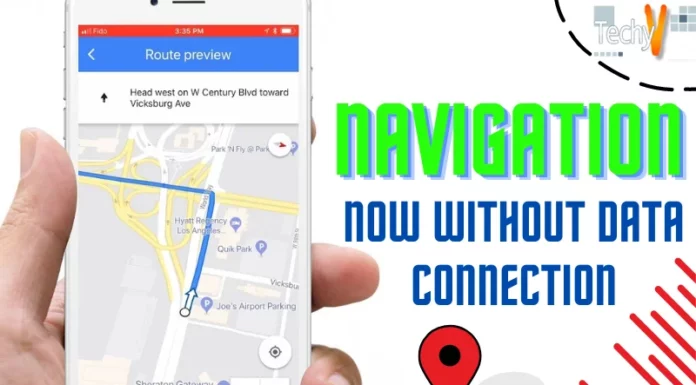When data breaches, pose significant threats, learning data privacy practices is essential for IT systems. Data is like a treasure for someone who knows its value but may be less than scrap for someone who doesn’t know. From a single person to a significant association, nearly everyone is now aware of the significance of their data, but not everyone knows how to secure their data. There are enough unauthorized parties who keep on trying to hack into the separate system and collect their data for their particular growth by dealing the data or just deleting the data without any reason, only for their entertainment, so it’s crucial to understand how to secure their data from these unauthorized parties. There’s a list of the data sequestration practices for IT system compliance.
1. Control Access To Sensitive Data
You need to ensure appropriate access control over your data. Access controls generally mean only authorized people can access sensitive information. You must restrict access to data based on the principle of least privilege, which means users will have only those privileges that are essential to performing their intended task or function. It not only strengthens the overall integrity of the data privacy architecture, but it also systematically mitigates the inherent risks associated with unauthorized access, thereby increasing the organizational information infrastructure’s resilience. Access control can be physical, technical, or administrative.
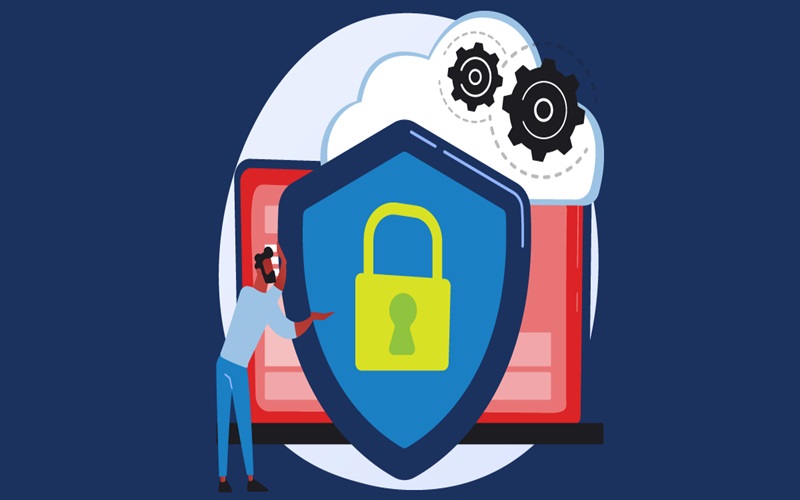
2. Encrypt The Data
Encryption is one of the most fundamental data security best practices, but it is commonly forgotten. Sensitive information must be in a safe format. Encryption means converting your data into a format that is very hard to understand by unauthorized parties, which ultimately helps in securing critical data information. Encryption is a wall against data breaches. If data is encrypted both at rest and in transit, such data cannot be read by unauthorized users. Robust encryption methods need to be in place that are revised constantly to ensure there is no chance of failure.
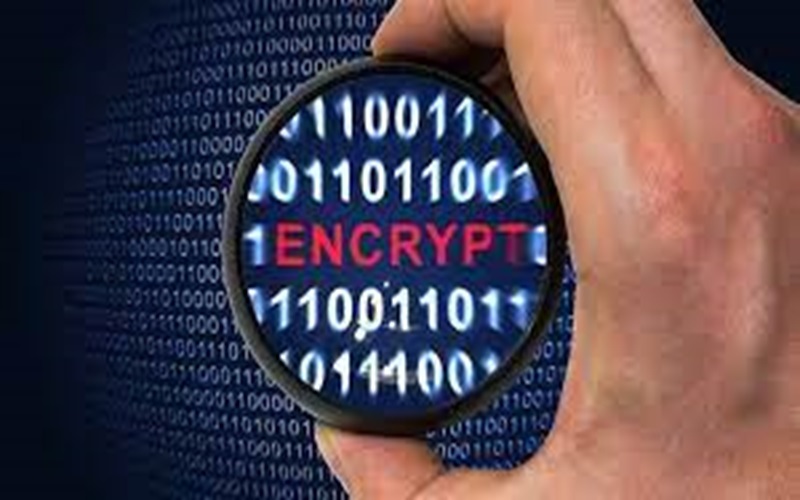
3. Conduct A Regular Data Audit
It is shown in research that regular data audits are highly effective in being successful and providing the right information. Regular audits assist in identifying and correcting the system’s weaknesses while adhering to industry standards on similar matters. For instance, they delve into diverse aspects of user engagements, data storage practices, and logs of access to information. Such a broad approach guarantees that there is a complete evaluation and a general view of the dataset across all the organizational divisions. Such scrupulous audit practices allow companies to close any holes and prove they are determined to pursue comprehensive data governance throughout the industry.
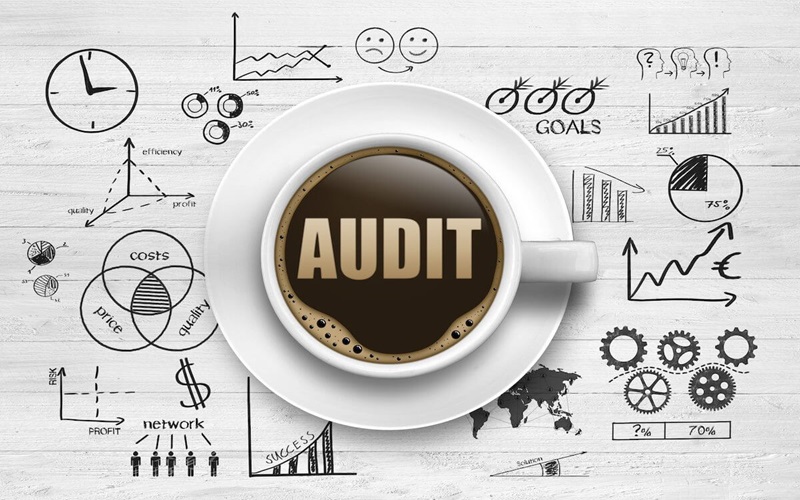
4. Deploy Dedicated Data Security Software
A company must defend against emerging cyber threats using dedicated data security software. Generally, such security solutions aim at securing data from any loss or misuse of data. The use of such applications ensures that nobody gets access to the company’s sensitive data without permission or there is no leakage of data. Modern cyber threats demand unique solutions for each challenge; hence, dedicated data security software develops a comprehensive and adaptive shield. Therefore, results in an improvement in the overall resilience of an organization’s information technology infrastructure.
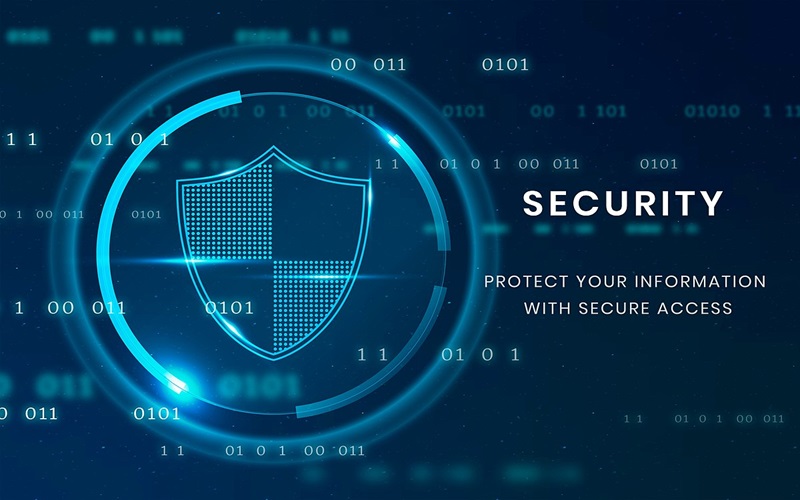
5. Train And Educate Employees
Most commonly, big mistakes are made by humans for data breaches. It is essential to have people or employees who are aware and educated about data security, so it is very crucial now to have an employee training program in place to enhance awareness of data privacy and security. Everyone in the organization should be proficient in recognizing phishing attempts or other security issues attempted by external parties. When the employees become trained in securing data, there will be less risk of data breaches and cyber-attacks.

6. Timely Update Software Systems
Outdated software systems are the easiest targets for cyber attackers, so these outdated software systems may pose a significant risk to private data. Consistent updates help in closing the vulnerability. Using automated patch management systems eases the process of updating the software, ensuring the organization’s IT infrastructure remains resilient against emerging threats. Updating timely not only helps improve data security but also attracts some audiences because of the increase in performance and credibility of the data.
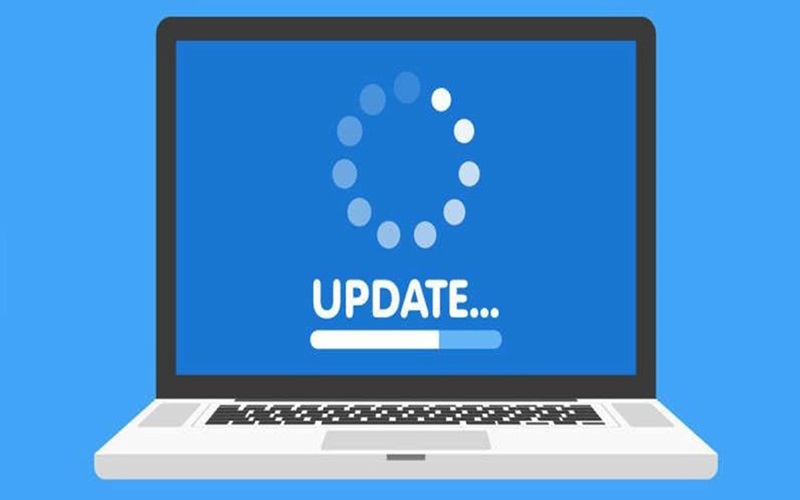
7. Be Prepared For Upcoming Incidents
A data breach can occur in any organization; it could be due to human error, system failure, or a malicious attack. Therefore, it is also essential to be prepared and develop a pre-incident response to minimize the loss of data. Planning helps fix things as quickly as possible and stop the problem from getting worse. Updates make sure that all the tools are working well. Being prepared is about fixing issues and showing that we are ready for anything that might be coming for the organization.

8. Monitor User Behavior
Watching how people use your data is an excellent way to see if something strange and unusual is happening. For example, if any user is accessing some data that they have usually never accessed or even tried, a problem might arise. This monitoring helps in catching issues in their initial stage and probably stopping the problem, which might become a big issue with time if it is not noticed. It is like having a guard for data security, making sure everything is good and everyone is behaving correctly. Keeping an eye on user behavior makes it easy to keep the data safe and stop any trouble before it gets too severe.
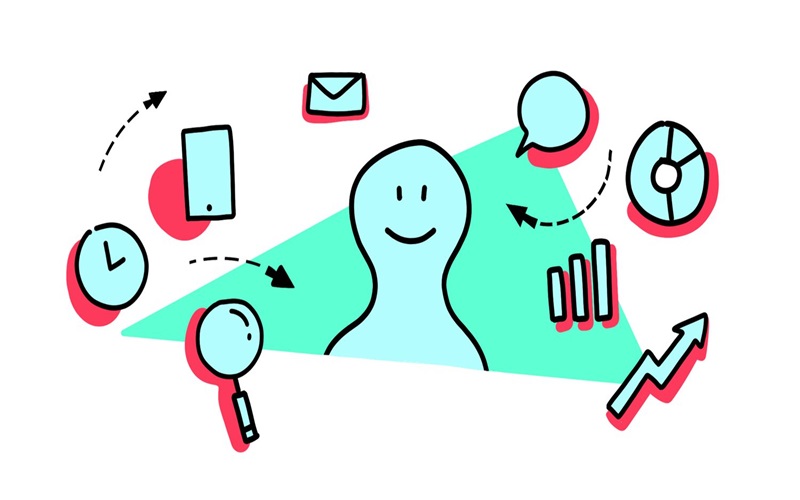
9. Ensure Third-party Compliances
It’s common for third-party sellers to access sensitive data. And that’s why they have to prove their ability to keep data private. We need to be serious about how we do things because of the way everything is connected nowadays. Contracts must be laid down by the law and explicitly state data protection requirements, so companies are forced to follow them. Assessments on security measures must be done regularly, making sure no vulnerabilities can come from outside and affect sensitive data. This strict method not only helps an organization to improve its security techniques but also builds a solid and secure digital environment that keeps everyone’s information safe in this new world of technology.
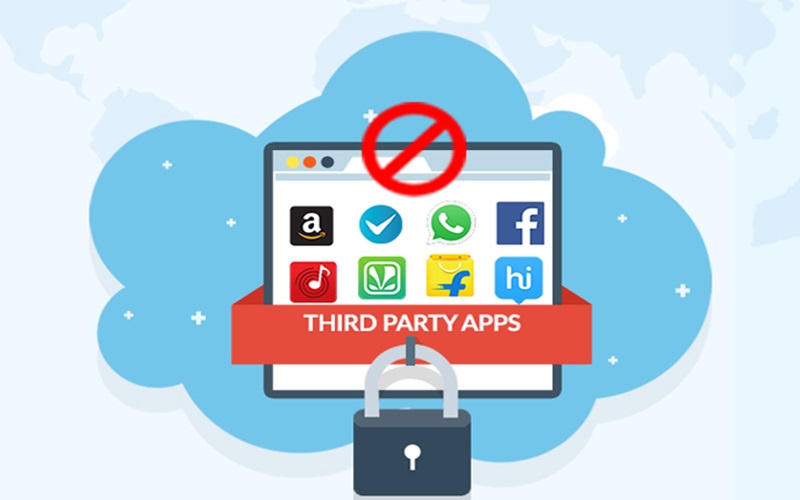
10. Use Multi-factor Authentication
Using factor authentication provides an additional layer of security for your accounts. Instead of relying on a password, you must provide another form of verification to ensure it’s you. This can include receiving a code on your phone or using a fingerprint scan. With this added measure, it becomes more challenging for individuals to gain access to your account. Think of it as having two keys, one for your front door. Even if someone manages to obtain one key (such as your password), they would still require the key (like your fingerprint) to unlock the door. It’s a method that enhances the protection of your accounts.
